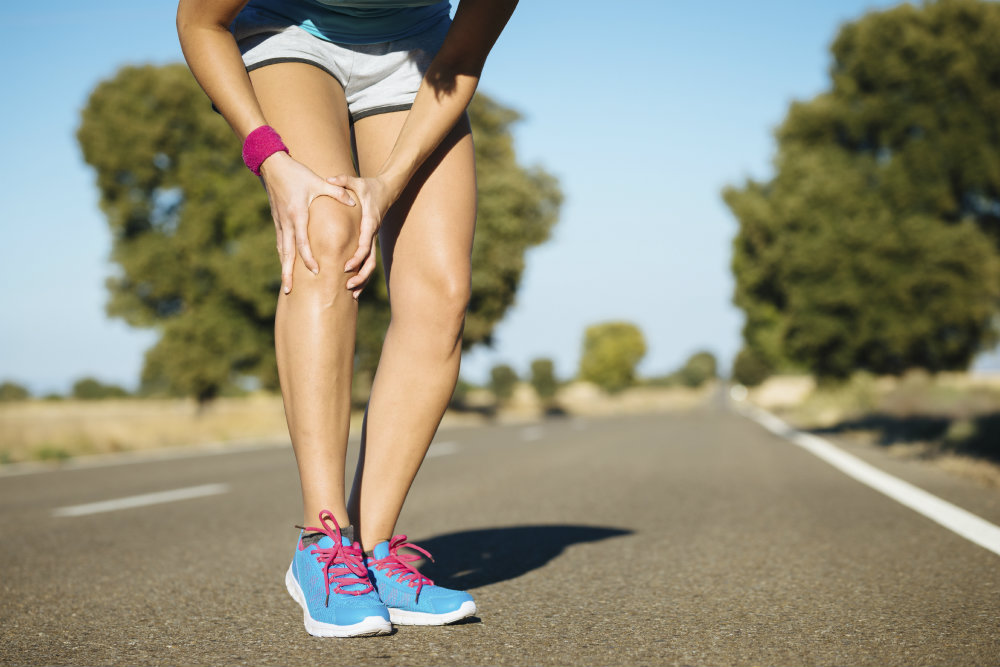Knee Pain
Knee pain has many different forms, reasons, and treatments. The knee is made up of an intricate arrangement of bone, muscle, ligament, and cartilage that allows it to move, flex and extend, and also keeps it from moving certain directions.
Causes of knee pain:
- Osteoarthritis: wear and tear due to age
- Synovial effusion: additional fluid fills the joint resulting in swelling or inflammation
- Hemarthrosis: occurs after an injury to the knee and is described as instant and rapid swelling
- Popliteal cyst: fluid-filled mass found within the popliteal fossa that may interfere with full flexion of the knee
- Bursitis: tenderness by the bursae causing pain and sometimes a loss of movement and accompanied by swelling and warmth if the bursitis happens close to the surface
- Anterior cruciate ligament (ACL) injury: follows knee injury (hyperextension or cutting movement) and has symptoms of instability/looseness of the knee, the knee giving out, swelling, and tests positive for Lachman, pivot shift, and anterior drawer test.
- Medial collateral ligament (MCL) injury: inflammation or separation of medial ligament characterized as pain on the medial side of knee and instability
- Lateral collateral ligament (LCL) injury: uncommon injury involving a large force applied to the inside of the knee resulting in lateral stress
- Posterior cruciate ligament (PCL) injury: least common ligament injury occurring after a fall forward onto the knees or a car crash (when the knees hit the dashboard). Swelling and pain are acutely present but most patients do not realize a PCL injury has happened, a posterior drawer test is used to diagnose the injury.
- Meniscal tear: tear of the cartilage pads, usually due to the knee twisting, between the knee resulting in a feeling of the knee locking and fluid in the knee joint
- Patellofemoral pain syndrome: anterior (front of the knee) knee pain worsened by repetitive flexion
- Illiotibial band syndrome: occurs most commonly in runners and is described as an aching/burning pain up the thigh towards the hip along the illiotibial band, which runs from the top of the hip to the knee
- Stress Fractures
Diagnoses are made using a variety of physical examinations based upon the location of pain and patient history.
Radiographic images like MRIs may also be used to determine if tissue damage has occurred. Aspirations, fluid drawn from the knee, may be used to rule out infections.
Treatment
- Ice
- Corticosteroid injection
- Viscosupplementation
- Physical therapy
- Braces
- Anti-inflammatory medications
- Orthopedic surgery

